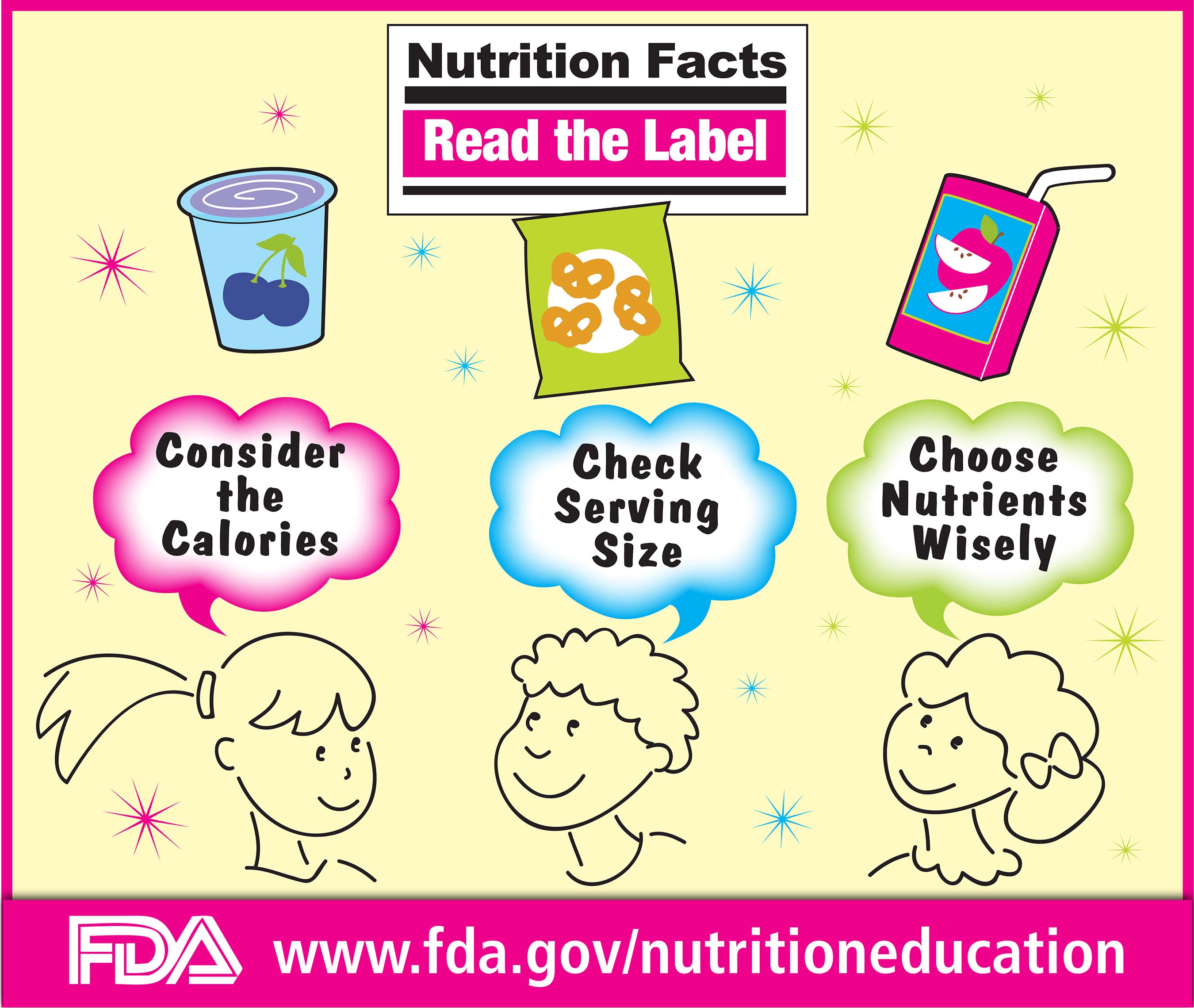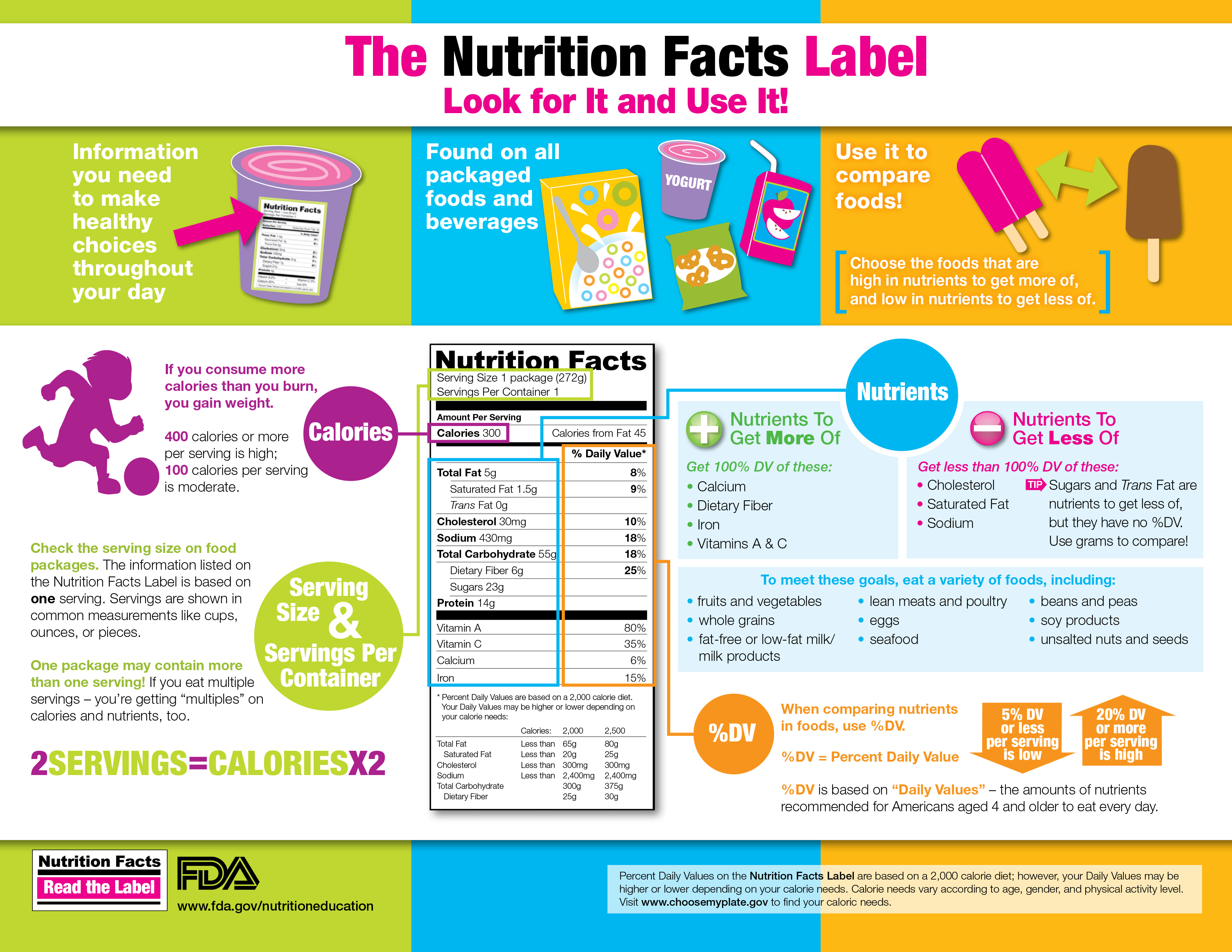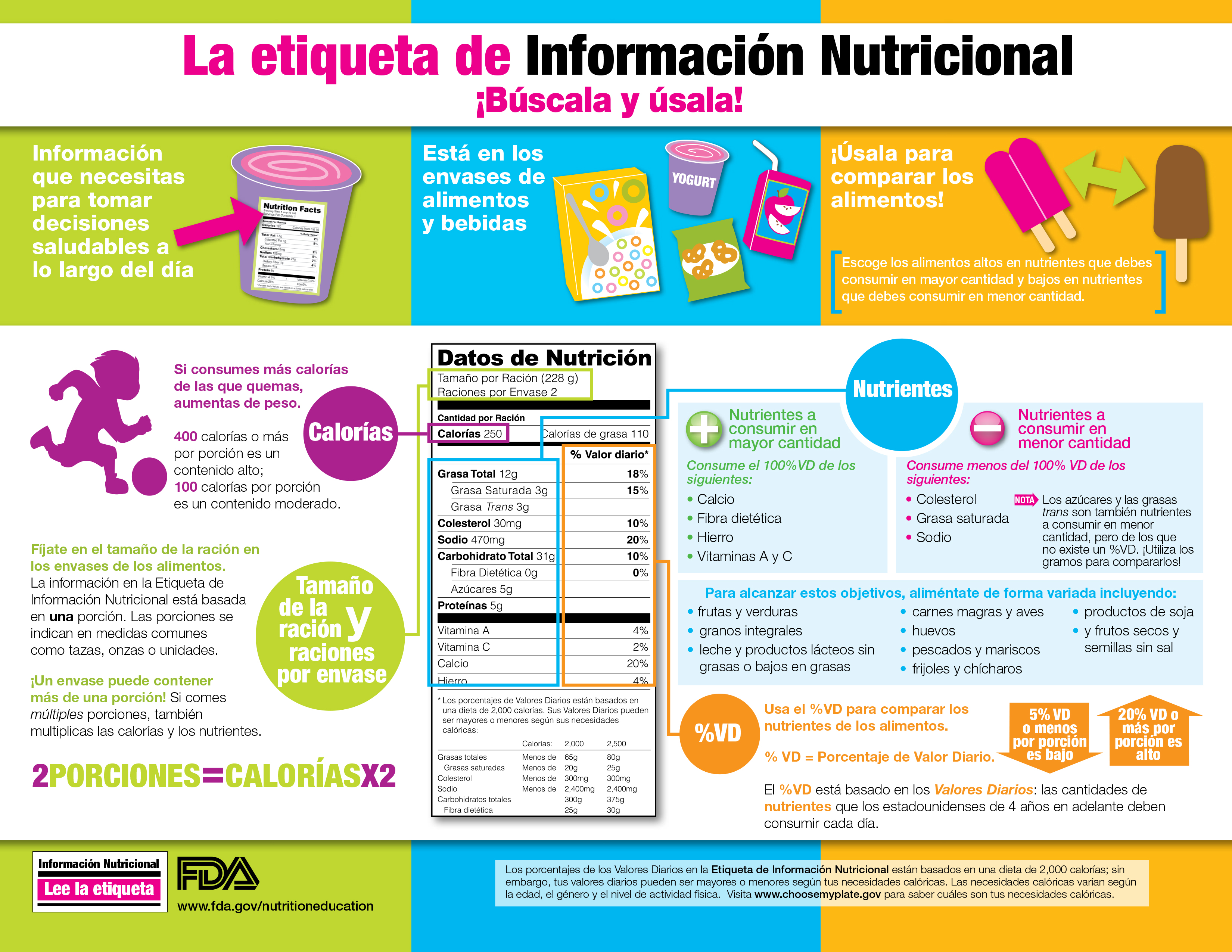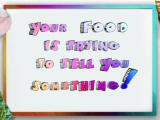The Nutrition Facts Label Can Help
Young People Make Healthful Choices
Haga clic aquí para ver este comunicado de prensa en Español.
The Nutrition Facts Label is a simple tool available on food and beverage packages. It lets kids know exactly what they’re eating and helps them choose and compare snacks and other foods. The earlier they start using the Nutrition Facts Label, the sooner they’ll be making choices that keep them feeling great and promote long-term good health!
Young people can follow these tips to get started – and they will soon see how easy reading the label really is! Parents, caregivers, and others who interact with young people can also help model label-reading by following these key steps, too.
- Check the serving size. All of the nutrition information listed on the Nutrition Facts Label is based on one serving of that food. But, it’s common for one package of a food to contain more than one serving. If a package contains two (or more) servings and you eat the entire package, you are consuming two (or more) times the number of calories and nutrients listed on the Label. So be sure to check!
- Consider the calories. For weight management (whether it’s to lose, gain, or maintain weight), it’s important to pay attention to the calories. The overall goal is to balance how many calories you eat with how many calories your body uses. As a general rule, 400 or more calories per serving for a single food is high and 100 calories is moderate.
- Choose nutrients wisely. There are certain nutrients that young people should aim to get “less of.” Kids can use the Percent Daily Value (%DV) on the Nutrition Facts Label to find foods that are lower in saturated fat, sodium, and sugars. Here’s an easy guideline: 5%DV or less of a nutrient means the food is low in that nutrient, and 20%DV or more means it’s high! Sugars have no %DV, so remind kids to use the amount of grams (g) as a guide.
Kids can start using the Nutrition Facts Label today to compare foods and make smart snack choices. By knowing a food’s serving size, calories, and nutrients – they’ll be taking charge of managing their own healthful diet!
For more information, visit FDA’s Read the Label Youth Outreach Campaign. Additional nutrition education materials from FDA can be found at www.fda.gov/nutritioneducation.
FDA is proposing to update the Nutrition Facts label for packaged foods. For more information, see Proposed Changes to the Nutrition Facts Label.
Contact: Media: 1-301-796-4540
Consumers: 1-888-SAFEFOOD (toll free), 10 AM to 4 PM ET, Monday through Friday









